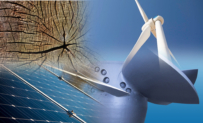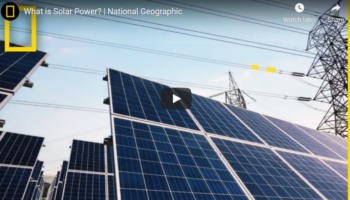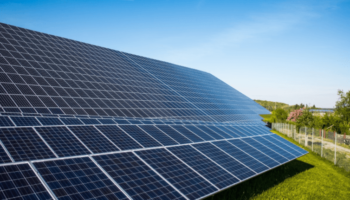Renewable Energy: The Clean Facts
Wind and solar are powering a clean energy revolution. Here’s what you need to know about renewables and how you can help make an impact in your home.
Renewable electricity is booming, as invention brings down prices and begins to deliver on the promise of a clean energy potential . American solar and wind generation are breaking records and being integrated into the national electricity grid without compromising reliability.
This means that renewables are increasingly displacing”dirty” fossil fuels in the energy sector, offering the benefit of lower emissions of carbon and other types of pollution. However, not all sources of energy promoted as”renewable” are beneficial to the environment. Biomass and large hydroelectric dams create difficult trade offs when thinking about the effect on wildlife, climate change, and other issues. Here’s what you need to know about the various types of renewable energy resources –and how you can use these emerging technologies at your own house.
What Is Renewable Energy?
Renewable energy, often referred to as clean energy, comes from natural sources or processes which are constantly replenished. For instance, sunlight or wind keep shining and blowing, even if their availability depends on time and weather.
While renewable energy is often thought of as a new technology, harnessing nature’s power has been utilized for heating, transportation, lighting, and more. The sun has offered warmth during the day and helped kindle fires to continue in the evening. But over the past 500 years or so, people increasingly turned to cheaper, dirtier energy sources such as coal and fracked gas.
Now that we’ve increasingly innovative and less-expensive ways to capture and keep wind and solar energy, renewables are getting to be a more important power source, accounting for more than one-eighth of U.S. generation. The growth in renewables is also occurring at scales large and small, from rooftop solar panels on homes that could sell power back to the grid to giant offshore wind farms. Even some whole rural communities rely on renewable energy for heating and lighting.
As renewable use continues to grow, a key goal will be to modernize America’s electricity grid, making it smarter, more secure, and better integrated across areas.
Nonrenewable, or”dirty,” energy consists of fossil fuels like oil, gas, and coal. Nonrenewable sources of electricity are only available in limited amounts and take a long time to replenish. When we pump gas at the station, we are using a finite resource refined from crude oil that has been around since prehistoric times.
Nonrenewable energy resources are also typically found in certain areas of the world, which makes them more plentiful in some nations than others. By comparison, every nation has access to sunshine and wind. Prioritizing nonrenewable energy may also improve national security by reducing a country’s reliance on exports from fossil fuel–wealthy nations.
Many nonrenewable energy sources can endanger the environment or human health. For instance, oil drilling might require strip-mining Canada’s boreal forest, the technology related to fracking can cause earthquakes and water contamination, and coal power plants foul the atmosphere. To top it off, all these activities contribute to global warming.
Humans have been harnessing solar energy for thousands of years–to grow crops, stay warm, and dry foods. According to the National Renewable Energy Laboratory,”more energy from the sun falls on the earth in one hour than is used by everyone in the world in one year.” These days, we utilize the sun’s rays in many ways–to heat homes and businesses, to warm water, or power devices.
Solar, or photovoltaic (PV), cells are made from silicon or other materials that transform sunlight into electricity. Distributed solar systems generate electricity locally for houses and businesses, either via rooftop panels or community projects that electricity entire neighborhoods. Solar farms can generate power for thousands of houses, using mirrors to focus sunlight across acres of solar cells. Floating solar farms–or”floatovoltaics”–can be an effective use of wastewater facilities and bodies of water that aren’t ecologically sensitive.
Solar supplies a little more than one percent of U.S. electricity production . But almost a third of all new generating capacity came from solar in 2017, second only to natural gas.
Solar power systems do not create air pollutants or greenhouse gases, and as long as they’re responsibly sited, most solar panels have few environmental impacts beyond the manufacturing process.
Wind Energy
We’ve come a long way from old-fashioned wind mills. Nowadays, tanks as tall as skyscrapers–with turbines almost as wide in diameter–stand at attention around the world. Wind energy turns a turbine’s blades, which feeds an electric generator and produces electricity.
Wind, which accounts for a bit more than 6% of U.S. generation, has been the cheapest energy source in many regions of the country. Top wind power states include California, Texas, Oklahoma, Kansas, and Iowa, though turbines can be placed anywhere with higher wind speeds–such as hilltops and open plains–or even offshore in open water.
Types Of Renewable Energy
Hydroelectric Power
Hydropower is the largest renewable energy source for electricity in the United States, though wind energy is soon expected to take over the lead. Hydropower relies on water–typically fast-moving water in a large river or rapidly descending water from a high point–and transforms the force of that water into power by spinning a generator’s turbine blades.
Nationally and internationally, large hydroelectric plants–or mega-dams–are often regarded as nonrenewable energy. Mega-dams divert and reduce natural flows, restricting access for animal and human populations that rely on rivers. Small hydroelectric plants (a installed capacity below about 40 megawatts), carefully managed, don’t often cause as much ecological damage, as they divert only a portion of flow.
Biomass Energy
Biomass is organic material that comes from plants and animals, and includes plants, waste wood, and trees. When biomass is burned, the chemical energy is released as heat and can generate electricity using a steam turbine.
Biomass is often mistakenly described as a clean, renewable fuel and a more economical alternative to coal and other fossil fuels for producing electricity. However, recent science shows that many forms of biomass–notably from forests–create higher carbon emissions compared to fossil fuels. There are also negative consequences for biodiversity. Still, some forms of biomass energy could serve as a low-carbon option under the right circumstances. For example, sawdust and chips from sawmills that would otherwise quickly decompose and release carbon may be a low-carbon energy source.
Geothermal Energy
If you’ve ever relaxed in a hot spring, you’ve used geothermal energy. The earth’s core is about as hot as the sun’s surface, due to the slow decay of radioactive particles in rocks in the center of the planet. Drilling deep wells brings quite hot underground water into the surface as a hydrothermal resource, which is then pumped through a turbine to create electricity. Geothermal plants typically have low emissions should they pump the steam and water they use back in the reservoir. There are methods to create geothermal plants where there aren’t underground reservoirs, but there are concerns that they might increase the risk of an earthquake in areas already considered geological hot spots.
Ocean
Tidal and wave energy is still in a developmental stage, but the sea will always be ruled by the moon’s gravity, making harnessing its power an attractive choice. Some tidal energy approaches can harm wildlife, such as tidal barrages, which work much like dams and are found in an ocean bay or lagoon. Like tidal power, wave power relies on dam-like constructions or ocean floor–mounted apparatus on or just beneath the water’s surface.
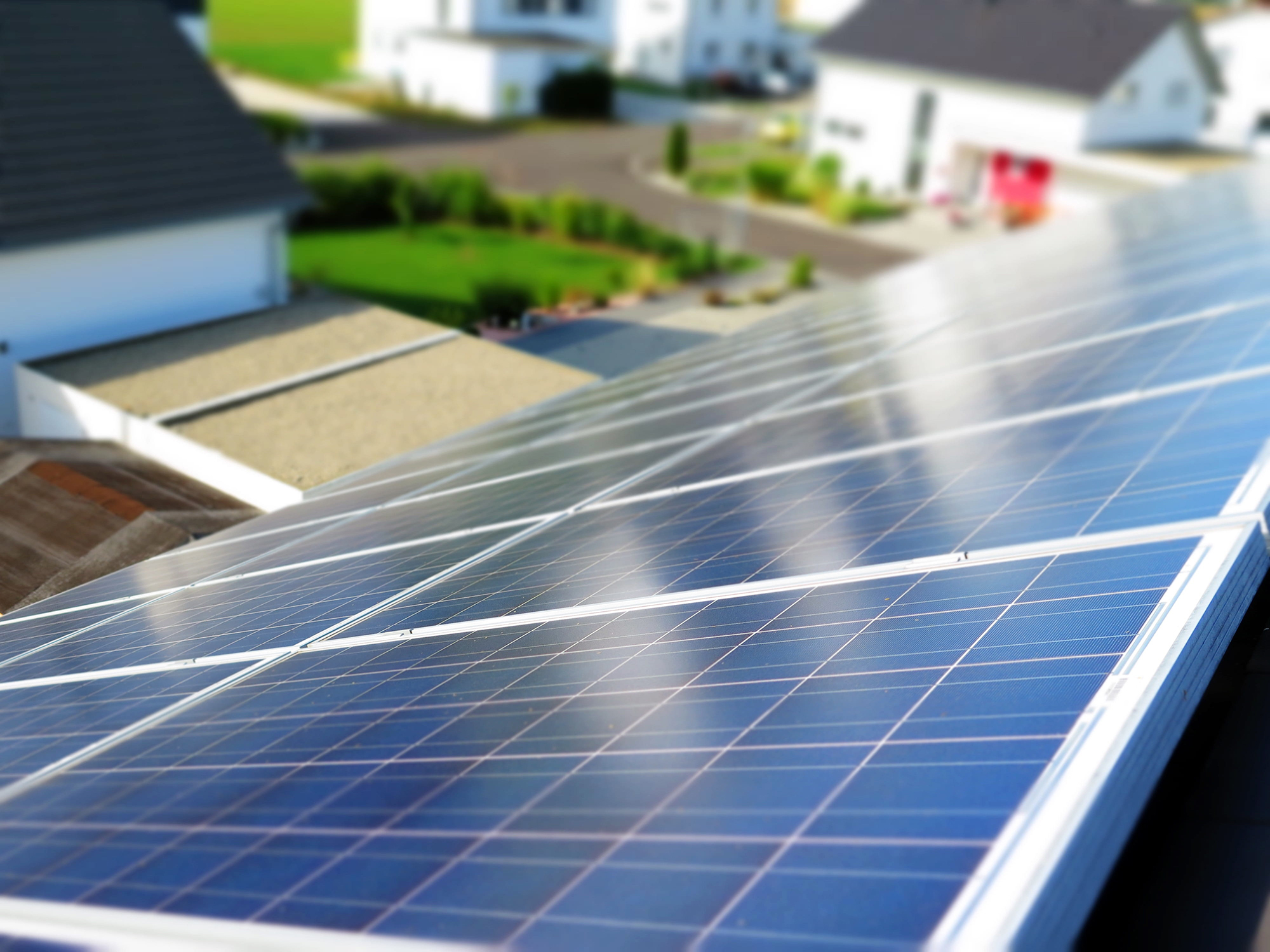
Is Renewable Energy The Future?
Renewable energy capacity is set to expand 50 percent between 2019 and 2024, led by solar power. This is based on The International Energy Agency (IEA)’s ‘Renewable 2019’ report, which found that solar, wind and hydropower projects are rolling out at their fastest pace in four decades.
Renewable energy resources constitute 26 percent of the world’s electricity now, but according to the IEA its share is expected to reach 30 percent by 2024. The resurgence follows a worldwide slowdown this past year, due to decreasing technology prices and increasing environmental concerns.
The report forecasts that by 2024, the world’s solar capacity will increase by 600 GW, nearly double the installed total electricity capacity of Japan. In general, renewable energy is predicted to rise by 1 200 GW by 2024, the equal of the whole electricity capacity of the US.
Industry experts forecast that the US will double its own solar installations to four million by 2023. In 2018, the UK had more than one million solar panel installationsup by 2% from the prior year and Australia reached two million solar installations in exactly the exact same year. A large reason for this increased uptake is that the fall in costs to install the panels.
The expense of solar PV-based electricity declined by 13 percent in 2018, while Carbon Tracker forecasts that 72 percent of coal-based electricity will become globally unprofitable by 2040. The IEA report found that solar energy will account for 60 percent of the predicted renewable expansion , primarily due to its accessibility. Compared with the prior six-year period, expansion of solar energy has more than doubled. The price of solar energy is expected to decline by 15% to 35% by 2024, spurring additional growth over the next half of this decade.
Wind and hydropower often require users to reside in certain locations, but solar provides more freedom; the sun rises and sets on a predictable schedule, and it is not as variable as running water or wind. Residential solar energy is expected to expand from 58 GW in 2018 to 142 GW by 2024, and yearly capacity additions are expected to more than triple to over 20 GW by 2024. China is expected to enroll the biggest installed residential solar capacity in the world by 2024, with the strongest per capita growth in Australia, Belgium, the Netherlands and Austria.
Solar facilities will keep on decreasing their variability rates by conserving electricity throughout the day and running at night. But, advanced solar plants will operate on greater DC to AC ratios, meaning they will deliver more consistent support for longer durations.
Commercial and residential buildings will maintain running at full capacity even in periods of low sunlight. Closing the gaps between sun collection and power generation will spur residents and corporations to combine the solar movement. Therefore, it’s imperative for governments to implement incentive and remuneration schemes, in addition to effective regulation policies. For instance, California has mandated that after 2020, solar panels should be installed on new houses and buildings of up to three storeys.
Commercial and industrial solar power capacity is forecast to constitute 377 GW in 2024, up from 150 GW in 2018, with China predicted to be the biggest growth industry. This market remains the biggest growth segment because solar energy is generally more economical and has a relatively steady load profile during the day, which generally enables larger savings on power bills.
The adoption of wind power has become more notable due to increased capacity.
Japan is experimenting with the concept of installing offshore turbines to replace lots of their nuclear reactors, a consequence of the nation’s 2011 nuclear disaster in Fukushima. The firm Marubeni recently signed a project agreement to construct overseas farms in northern Japan, with every farm able to create 140 MW of electricity.
Japanese lawmakers have established regulations to give developers more certainty in construction resources of wind-based power; laws outlining competitive bidding procedures has been passed to make certain that construction costs are reduced and programmers consider potential capacity difficulties. The nation’s Port and Harbour Law has also been revised to spur wind turbines building in port-associated locations and other places favourable to wind turbines.
Onshore wind capacity is expected to expand by 57 percent to 850 GW by 2024. Annual onshore wind additions will be directed by the US and China, owing to some growth rush and a policy transition to competitive auctions . Expansion will accelerate from the EU as competitive auctions continue to keep prices relatively low. These auctions will indicate that growth in Latin America, the MENA region, Eurasia and sub-Saharan Africa will stay stable over the forecast period.
Offshore wind capacity is forecast to grow nearly threefold to 65 GW by 2024, representing nearly 10 percent of total world wind production. While the EU accounts for half of international offshore wind capacity expansion within the forecast period, on a country basis, China leads installation, with 12.5 GW in development.
Grid integration, funding and societal approval remain the key challenges to quicker wind expansion globally.
According to the IEA, hydropower will continue being the world’s main source of renewable energy in 2024. Capacity is set to increase 9 percent (121 GW) over the forecast period, led by China, India and Brazil. 25 percent of global growth is expected to come from only 3 megaprojects: 2 in China (the 16 GW Wudongde and 10 GW Baihetan jobs ) and one in Ethiopia (the 6.2 GW Grand Renaissance job ).
However, there was a downturn in the two biggest markets, China and Brazil; expansion is challenged by increasing investment costs due to limited remaining economical websites and additional expenses in addressing social and environmental influences.
The US market for geothermal heat pumps will exceed $2 billion by 2024 as demand for efficient heating solutions gains. Transformed construction codes will promote a move to renewable heating and power systems in commercial and residential property.
Geothermal capacity is expected to increase 28%, reaching 18 GW by 2024, with Asia accountable for one-third of international growth, especially Indonesia and the Philippines, followed by Kenya, whose geothermal capacity is set to overtake Iceland’s throughout the forecast period.
The identical study from Global Market Insights forecasts the industrial marketplace will experience the most considerable uptick; in accordance with the Department of Energy, geothermal solutions will create 8.5percent of all power in the US by 2050.
Renewable energy will continue to grow in the upcoming decade, edging out fossil fuels and reducing greenhouse gas emissions.
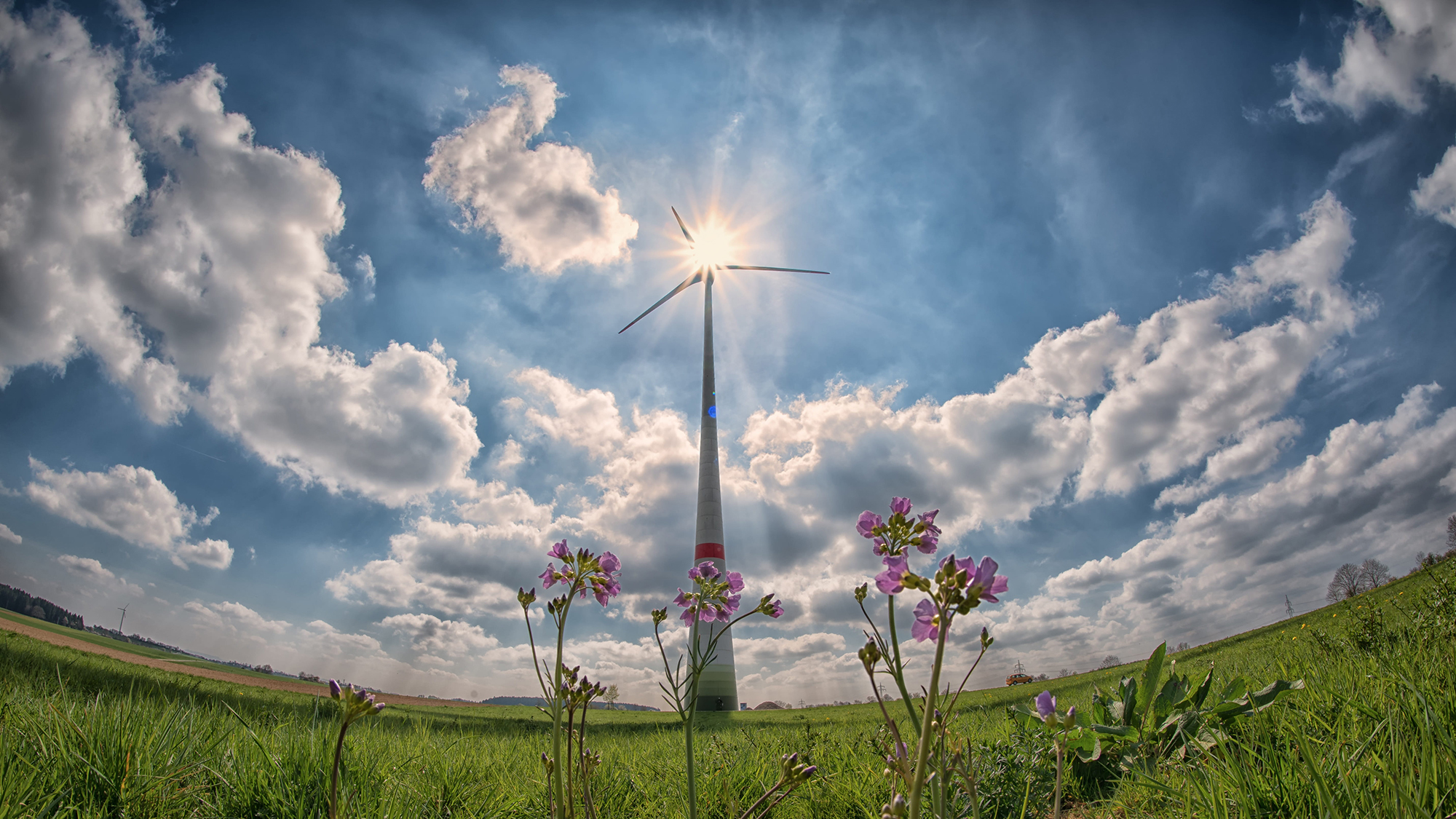
Renewable Energy Projects
The Handbooks are a succinct and user-friendly reference publication intended to serve as a manual and an information source to facilitate the successful identification and implementation of viable renewable energy projects in different categories, both in developed and developing countries.
They provide a brief overview of the leading renewable energy resources: biomass, geothermal, hydro, solar and wind, and presents the state-of-the-art technologies for their use. It also contains a summary of the existing policies and drivers, as well as the barriers common to renewables and suggests ways of dealing with them.
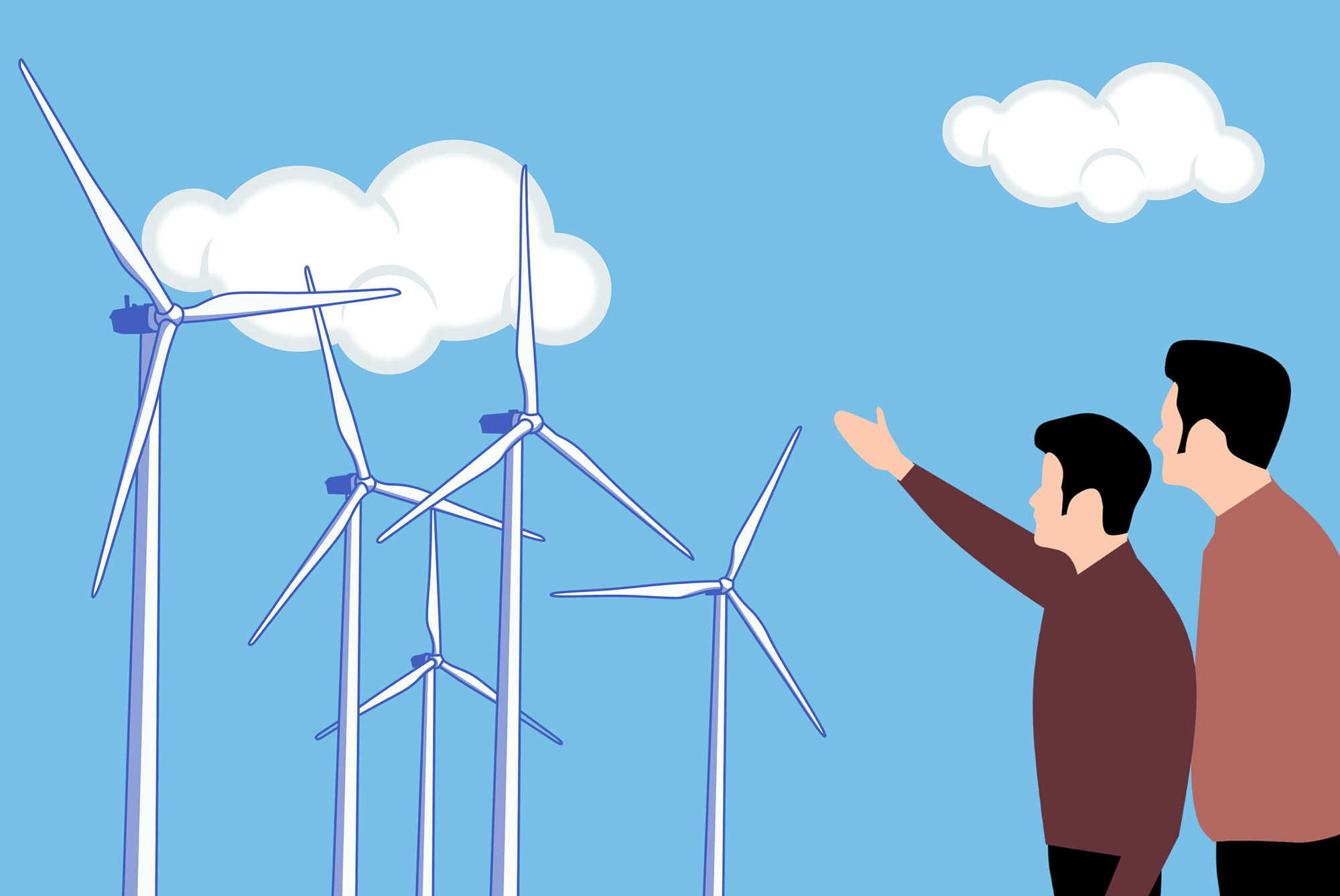
Renewable Energy Facts
In the fight against the climate crisis, renewable energy takes centre stage.
It has the power to tackle problems so many of us are worried about, such as global warming, air pollution in our towns and cities, and acidity in our oceans. Happily, green energy is increasingly more popular and affordable around the world. Needless to say, renewable energy has been around for some time; the Persians fashioned windmills way back in 200 BC!
These 20 facts reveal the history behind renewables — and highlight its growth, efficiency, and effectiveness as we look to the future.
- Only 1 wind turbine can generate enough electricity to power 1,400 homes.
- Incredibly, as of 2017, China builds two wind turbines each hour!
- Renewable energy sources, like wind and solar energy, generated over a third of the UK’s electricity in 2019.
- In 2019, 45% of energy subsidies given out by the EU went to renewable energy sources. However, carbon-heavy fossil fuels still got 33%.
- Renewable Energy creates 5 times more jobs than fossil fuels.
- Siemens built the first ever commercial offshore wind turbine 30 years back. Its blades were 5 metres long, producing only 30 kilowatts of electricity. The most recent model has 75 metre blades, producing 6 megawatts (25,000 times as much) — enough to power 6,000 homes.
- Solar power isn’t only a daytime deal — electricity from the sun’s rays can be kept in salt and used at night too. A power plant in Spain soaks sunlight by day and pumps out 7 hours of power to the surrounding area by night.
- In 2016, California’s renewable energy firm SolarReserve commissioned the world’s first 24/7 solar power plant at the Nevada Desert, powering 75,000 homes for 3 hours every day.
- In 2016, Portugal made history by running on renewable energy alone for 107 hours.
- If taken full advantage of, the sunlight beamed on the earth for 1 hour could meet world’s energy demands for a whole year!
- Solar power may account for the world’s main source of electricity by 2050.
- And Europe and North Africa could run on 100% renewable energy by 2050.
- 25 percent of the UK’s population live in areas acceptable for Geothermal District Heating using heat pumps.
- Romans were the very first to use geothermal energy to heat their houses , with warm air moving under floors and interior walls.
- A world record was set in 1990 when a solar-powered plane flew across the United States in stages, with no gas in any way.
- Tech giants, Google, Apple, and Facebook lead the pack in creating a’green internet’ — each are using increasingly green energy to power the internet.
- In 1921 Albert Einstein was awarded the Nobel Prize in Physics for his discovery of the photoelectric effect — that led to the invention of solar panels!
- Megabucks: the renewable energy industry is growing fast. By 2025, the global market is expected to to be worth $1,512.3.6 bn!
- The Itaipu Dam in Paraguay provides 76% of the nation’s electricity and 17% of the electricity consumed in Brazil (displacing 67.5 million tonnes of CO2 annually ). In Iceland, 100% of energy is provided by geothermal and hydropower sources!
- According to the WWF, the entire world could get all the power it needs from renewable resources by 2050, ending our reliance on fossil fuels and other depleting resources — but only if the right political, financial and social decisions are made, and quick.
